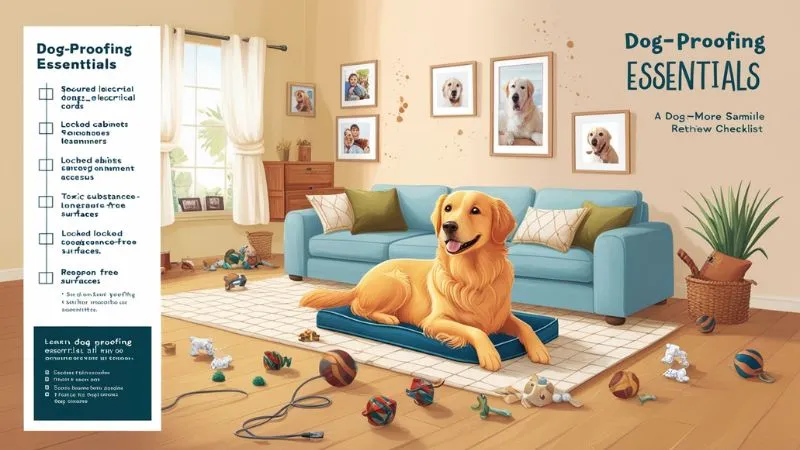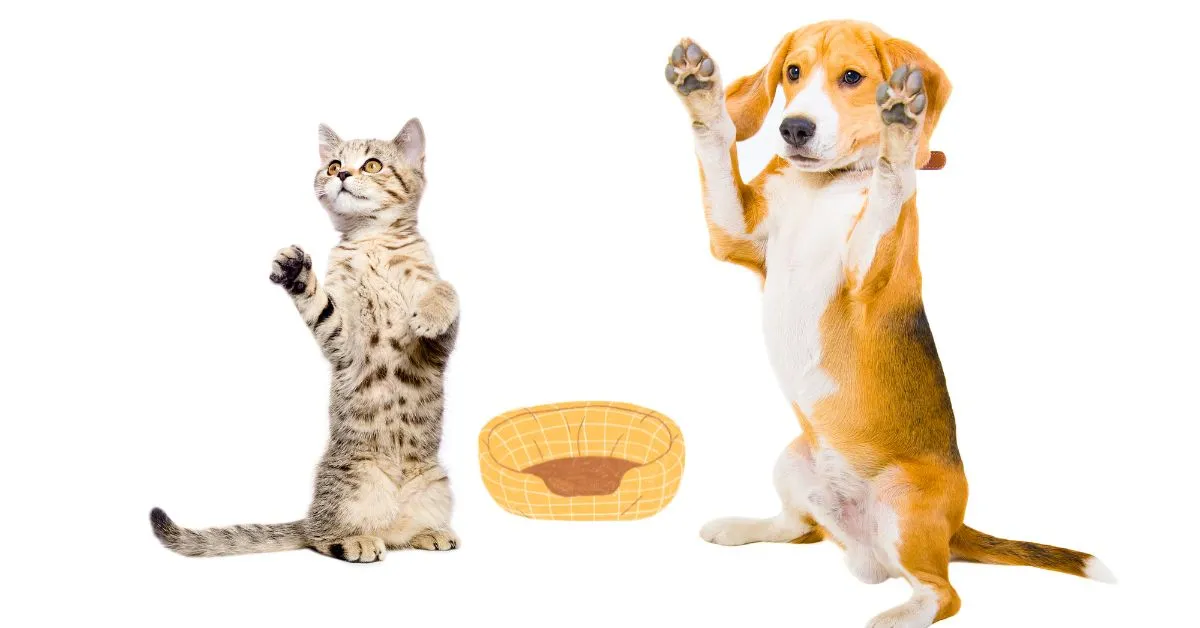As a pet parent, keeping your cat’s food safe from your dog can feel like a never-ending challenge. After some trial and error, I discovered that using a dog-proof cat feeder can make a world of difference. Below are some tips and ideas that helped me create a secure feeding setup for my cats, all while keeping the dog away.
Understanding Dog-Proofing Essentials

Dog-proofing your cat’s food area is about creating physical barriers that keep your dog from accessing the food. The goal is to ensure your cat has a peaceful mealtime without interruptions. Start by thinking about where your cat eats and how determined your dog might be to sneak a bite. The right setup can involve raised surfaces, separate rooms, or feeders designed to block dogs.
Choosing the Right Cat Feeder

An automatic cat feeder designed with dog-proof technology can be a great investment. Feeder models like the Sure Feed Microchip Pet Feeder are popular because they use your cat’s microchip to unlock the food, meaning only your cat can access it. This ensures that your dog won’t be able to sneak any food while you’re away, giving you peace of mind.
Elevated Feeding Stations
A simple yet effective way to keep your dog away from the cat’s food is to elevate the feeding station. Cats are natural climbers, while most dogs can’t jump as high. Place your cat’s food on a high shelf, counter, or even on a cat tree. This gives your kitty a safe, quiet place to eat while keeping the food out of the dog’s reach. Plus, cats love high spots, so it’s a win-win.
Dog-Resistant Doors
Another practical solution is to install a barrier between your pets. A baby gate or a cat flap in the door works wonders. A cat door lets your feline friend come and go freely while keeping the dog out. If your dog is small, make sure the gate or door is tall or secure enough that they can’t jump over it or squeeze through.
DIY Solutions for Feeding Areas
For those who enjoy DIY projects, you can create your own dog-proof feeding station. Use materials like foam door stoppers, wood planks, or plastic dividers to design a custom barrier for your cat’s food area. You can even repurpose old furniture to make a feeding space that’s both stylish and functional. This option allows you to tailor the setup to your home’s layout and your pets’ needs.
Safety First: Monitor Interactions
While physical barriers help, supervision is key during mealtimes. Observe how your pets interact and use the opportunity to train your dog to respect boundaries. Teaching simple commands like “leave it” or “stay” will go a long way in making sure your dog stays away from the cat’s food, even if you’re not around. Positive reinforcement when they follow these commands helps reinforce good behavior.
Conclusion: Peaceful Mealtimes for All
Balancing mealtimes for both cats and dogs takes a little effort, but it’s possible with the right setup. Whether you invest in a dog-proof cat feeder or create a DIY feeding station, you can protect your cat’s food and maintain harmony between your pets. With a little planning and training, mealtimes can be stress-free for everyone.
FAQs
How to dog-proof cat food?
Elevate the food bowl to a high shelf or counter the dog can’t reach.
Store cat food in airtight, dog-proof containers when not in use.
Feed the cat in a closed-off room with a baby gate or cat door.
Preventing Dogs from Eating Cat Food?
Use scheduled feeding: Feed both pets at the same time but in separate areas, and remove the cat’s food after they finish.
Set up a distinct feeding area for the cat that’s elevated or behind a gate.
Train the dog with commands like “leave it” or “stay” and reward good behavior.
How to keep a dog out of a cat room?
Install a baby gate or use a cat flap that only the cat can fit through.
Train the dog to respect boundaries with commands like “stay.”
Provide toys or distractions for the dog in other parts of the house.
How to keep a dog from going through a cat door?
Block the cat door with a barrier only the cat can pass through.
Install a cat flap with a lock or sensor that only opens for the cat.
Train the dog to recognize boundaries using commands and positive reinforcement.
